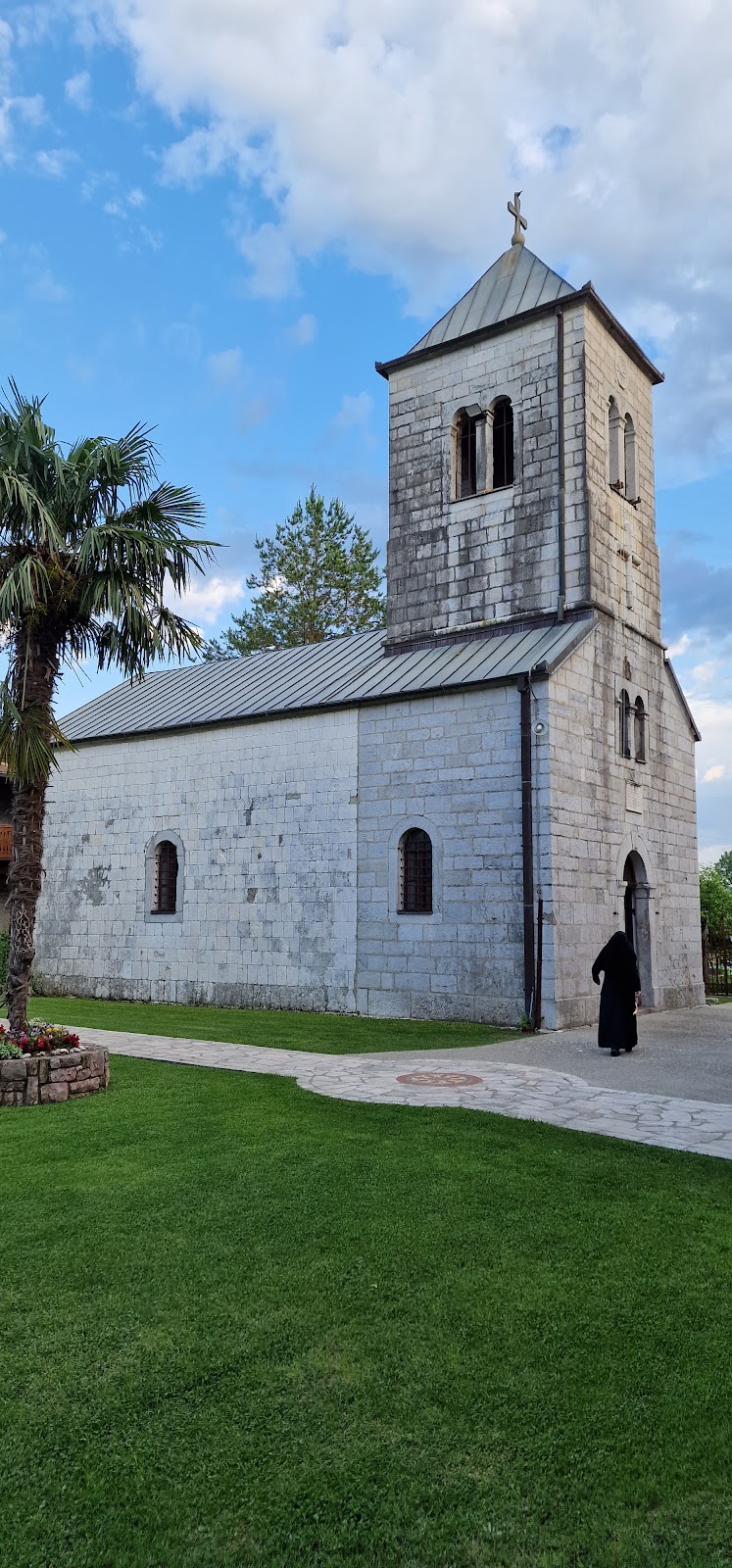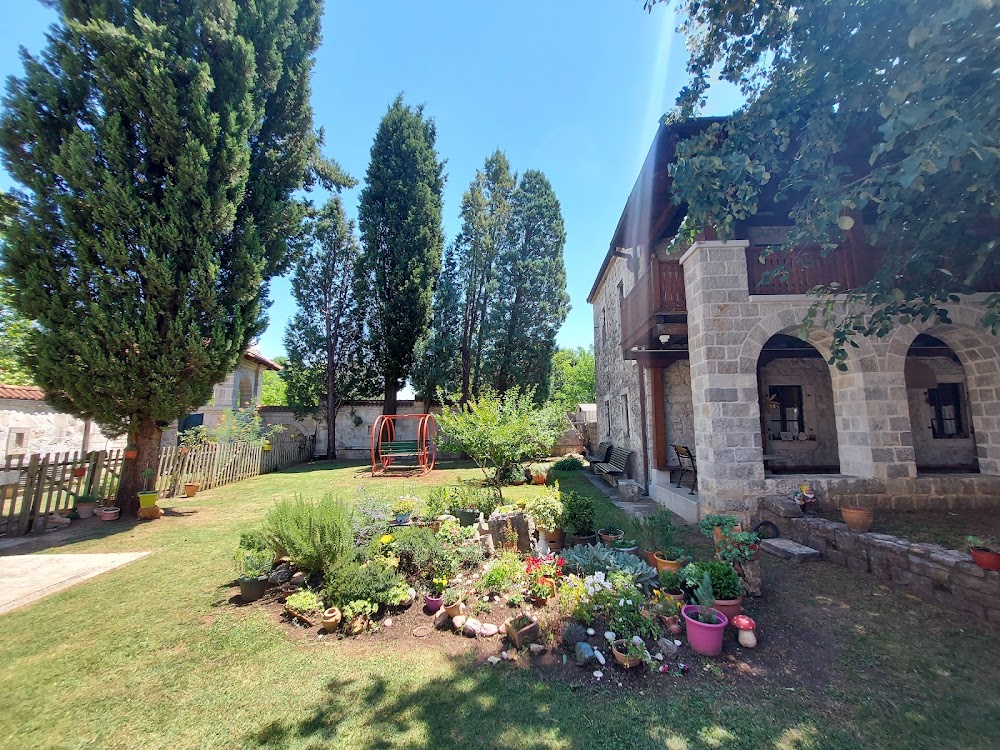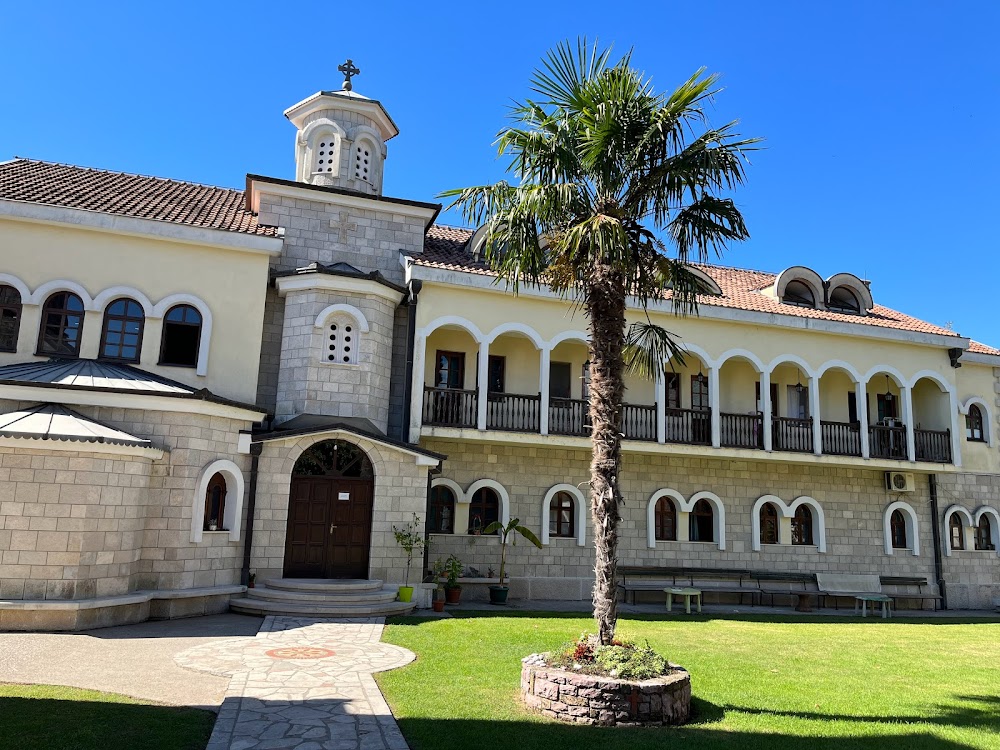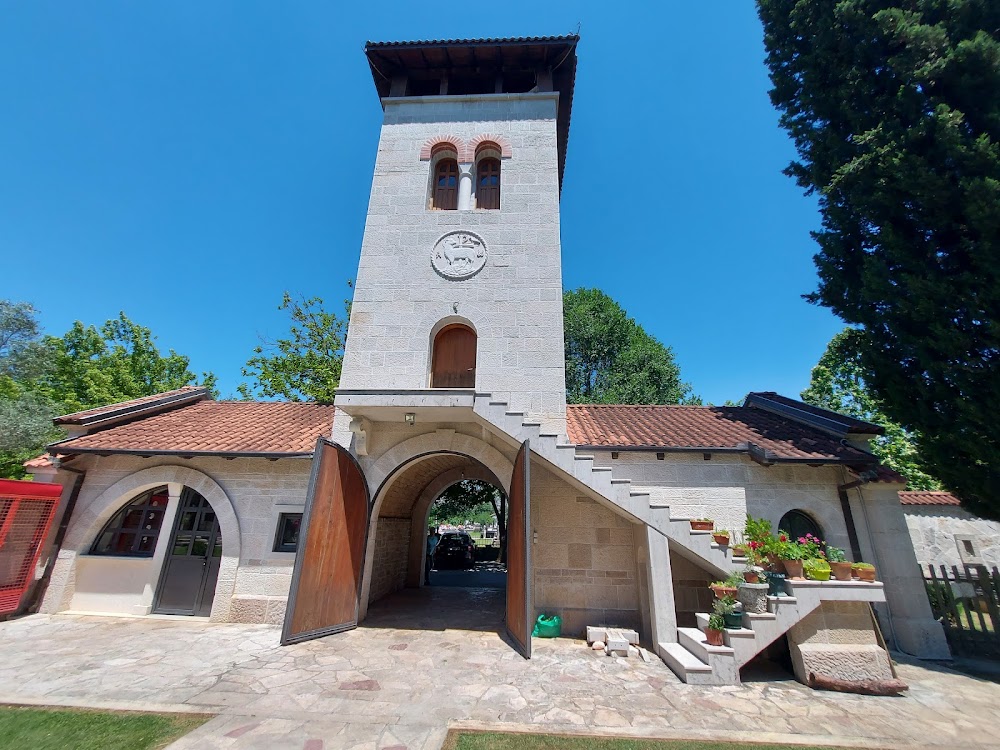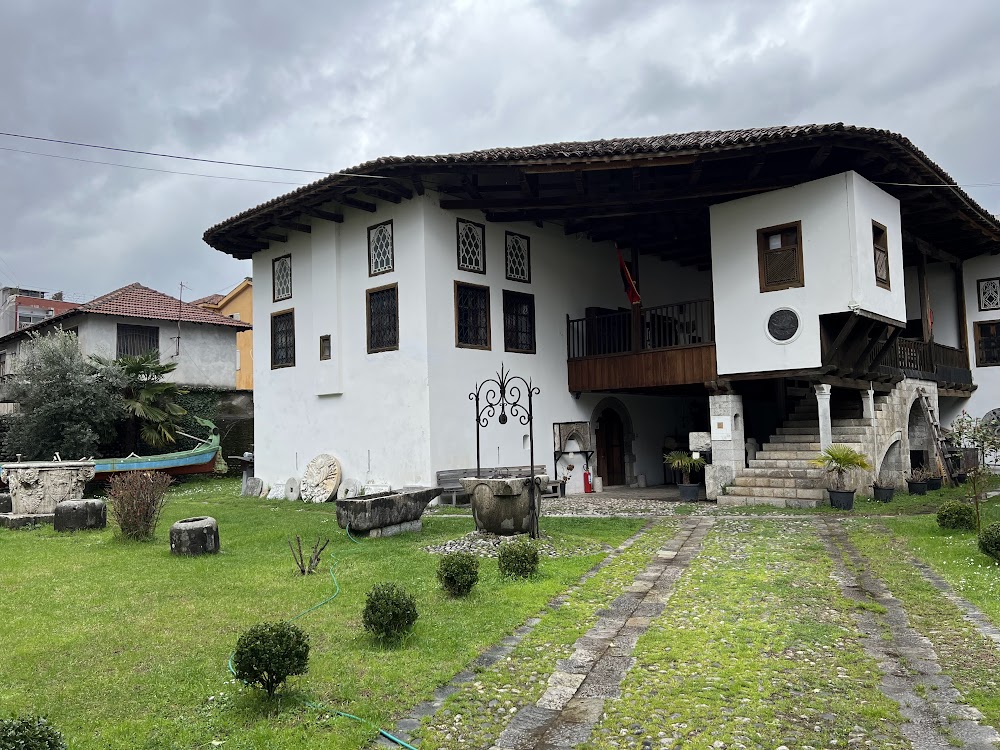Ždrebaonik Monastery (Манастир Ждребаоник)
Overview
Nestled in the tranquil landscape of Montenegro, just a stone's throw from the city of Danilovgrad, lies the magnificent **Ždrebaonik Monastery**, a historical and spiritual treasure of Eastern Orthodox heritage. This serene sanctuary, steeped in rich history and tradition, dates back to the 13th century, a flourishing era for Serbian Orthodox monastic life under the powerful Nemanjić dynasty.
The monastery was originally founded by **King Stefan the First-Crowned**, the first king of Serbia, with the invaluable support of his brother, **Saint Sava**, the inaugural Archbishop of the Serbian Orthodox Church. It was constructed on the site of an older church dedicated to **Saint Archangel Michael**, and quickly grew to become a significant religious center in the region, imbued with deep spiritual significance.
The architecture of the **Ždrebaonik Monastery** is a stunning representation of the **Serbo-Byzantine style**. Built from local stone, the structure harmonizes beautifully with its natural surroundings. The main church, dedicated to Saint Michael the Archangel, features a single nave with a semi-circular apse and a striking dome. Inside, visitors can admire frescoes that vividly depict biblical stories and the lives of saints, crafted by talented medieval artists.
Throughout its storied history, the monastery has endured numerous challenges. During the **Ottoman period**, it faced repeated attacks and destruction. Yet, each time, local faithful rose to the occasion, rebuilding the monastery in a testament to their unwavering commitment to preserving their sacred heritage. In the 18th and early 19th centuries, significant restoration efforts were undertaken, ensuring that its original architectural style and spiritual essence were meticulously maintained.
One of the most poignant chapters in the history of the **Ždrebaonik Monastery** unfolded in the 19th century. Under the leadership of **Prince-Bishop Petar II Petrović-Njegoš**, the monastery became a refuge for Montenegrin warriors and a vital center for national resistance against the Ottoman Empire. It played a crucial role in safeguarding Montenegrin culture and identity during this tumultuous period.
Entering the 20th century, the monastery saw further restorations and expansions, employing modern preservation techniques to protect its ancient frescoes and architecture. Despite the political and social upheavals of the time, the **Ždrebaonik Monastery** remained a steadfast spiritual haven for Orthodox believers. Today, it is a sought-after place of pilgrimage, attracting visitors from around the globe who yearn to connect with its sacred atmosphere.
Visitors to the monastery are welcomed by the warm hospitality of the resident monks, who dedicate their lives to prayer, contemplation, and service. Their daily routines include chanting liturgies, tending to the monastery grounds, and greeting pilgrims. The monks also engage in various artisanal crafts, producing hand-painted icons, candles, and other religious items that support the monastery's mission.
Among the monastery's treasures is its **library**, which houses a collection of rare books and manuscripts. These invaluable texts, preserved through the centuries, offer profound insights into the history and theology of the Orthodox Christian tradition. The library serves as a vital resource for scholars and religious practitioners alike.
Surrounding the **Ždrebaonik Monastery** is a captivating landscape of rolling hills and lush greenery, creating a tranquil setting perfect for reflection and meditation. The natural beauty of Montenegro enhances the spiritual experience for all who visit, fostering a deep sense of peace and connection to the divine.
Today, the **Ždrebaonik Monastery** stands not only as a testament to the resilience and faith of the Montenegrin people but also as a beacon of spiritual and cultural continuity. It continues to serve as a place of worship, pilgrimage, and community, where the ancient rhythms of monastic life resonate harmoniously with the natural world.
As the monastery looks to the future, it remains committed to preserving its spiritual heritage while adapting to contemporary needs. Through ongoing restoration projects and community outreach, the **Ždrebaonik Monastery** ensures that it will continue to inspire and uplift future generations.


